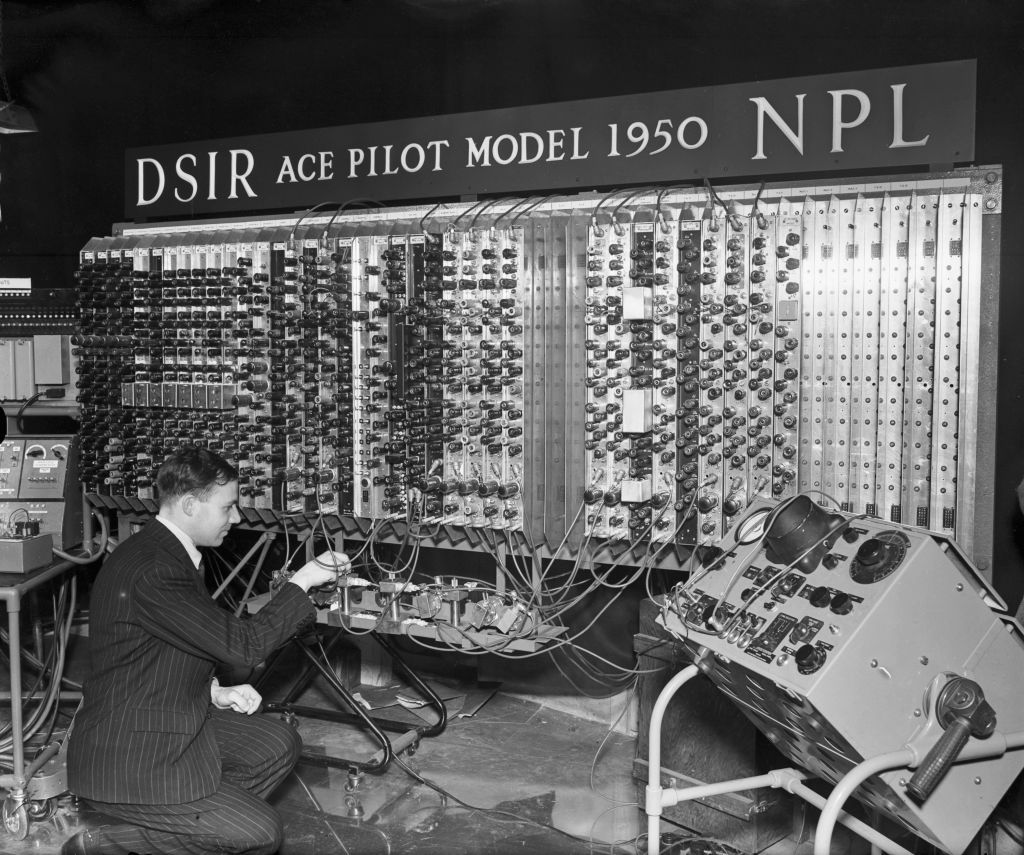Web3, the next generation of the internet, is grappling with a significant challenge: it lacks an efficient memory layer. This isn’t about forgetting information; it’s about the fundamental architecture that underpins decentralized systems. Without a proper memory infrastructure, the vision of a truly decentralized world computer remains unfulfilled.
Understanding the Need for a Memory Layer
The concept of memory is crucial in computing. John von Neumann, a pioneer in computer architecture, established that every computer requires input, output, a CPU for control, and memory for data storage. This foundational structure, commonly referred to as RAM, has been the bedrock of conventional computing for decades.
Web3 as a Decentralized Computer
At its essence, Web3 functions as a decentralized computer, often termed a “world computer.” On the surface, it operates similarly to traditional systems, with various operating systems (like EVM and SVM) running on countless decentralized nodes that power applications and protocols. However, delving deeper reveals a critical missing element—the memory layer necessary for efficiently storing, accessing, and updating both short-term and long-term data.
The Current Inefficiencies in Web3’s Architecture
Currently, the memory solutions in Web3 are a patchwork of ineffective approaches, resulting in a confusing and inefficient system. Transactions are slow, storage is costly, and scaling to accommodate mass adoption is nearly impossible. This inefficiency contradicts the very principles of decentralization, which aim for speed and accessibility.
A Better Alternative: Algebraic Coding
To address these issues, the industry is exploring innovative solutions. One promising approach is the use of algebraic coding, which employs mathematical equations to enhance data representation for efficiency and resilience. This leads us to a fundamental question: how can we implement decentralized code effectively in Web3?
Advancing Memory Infrastructure for Decentralization
Recognizing the urgent need for a robust memory solution, I transitioned from my role as an MIT NEC Chair and Professor of Software Science and Engineering to spearhead a new initiative focused on high-performance memory for Web3. My team at Optimum is developing a decentralized memory system that functions like a dedicated computer, leveraging Random Linear Network Coding (RLNC), a technology honed in my MIT lab over nearly two decades.
The Power of Random Linear Network Coding
RLNC is an advanced data coding technique designed specifically for decentralized computing. It converts information into packets for efficient transmission across a network of nodes, ensuring high throughput and resilience. With numerous engineering accolades and over 80 patents, RLNC has proven its effectiveness in various real-world applications, making it an ideal candidate for addressing Web3’s memory challenges.
The Importance of a Unified Memory Layer
Why is a unified memory layer essential for Web3? Current blockchain systems often rely on ad hoc solutions that only partially fulfill the memory functions seen in high-performance computing. Without a cohesive memory infrastructure, data propagation becomes a bottleneck, hindering efficiency.
The Limitations of Current Data Propagation Methods
In blockchain networks, data propagation often relies on a “gossip” method, where nodes share information with random peers. While effective initially, this approach struggles to scale. As more nodes are added, the likelihood of receiving new information diminishes, resulting in redundancy and sluggishness.
Revolutionizing Data Propagation with RLNC
RLNC addresses these scalability problems by ensuring that every piece of data received is new, significantly enhancing throughput and reducing latency. Our RLNC-powered gossip protocol is the first product that validators can easily implement to optimize data propagation within their nodes.
Rethinking Memory Management in Web3
Beyond data propagation, memory management needs a complete overhaul. Think of memory as dynamic storage—akin to a well-organized closet. A decentralized RAM (deRAM) should offer structured, reliable, and consistent data storage. Unfortunately, current memory solutions, like mempools, resemble a chaotic pile of laundry, complicating data retrieval and processing.
The Need for Decentralized RAM
Delays in transaction processing are problematic; for example, Ethereum transactions can take over 12 minutes to finalize. Without an optimized memory solution, Web3 relies on inefficient mempools, leading to congestion and unpredictability. Full nodes, which retain all historical data, create unnecessary bloat, complicating data retrieval.
The Future of Memory in Web3
With RLNC, we are developing decentralized RAM that enables timely, updatable data states in a cost-effective, resilient, and scalable manner. This deRAM, combined with efficient data propagation, will eliminate Web3’s biggest bottlenecks. By enhancing memory speed and efficiency, we can optimize data storage and real-time access without sacrificing decentralization.
In conclusion, the integration of a robust memory layer powered by RLNC is essential for realizing the full potential of Web3. As we work towards creating a truly decentralized world computer, this innovation stands as a critical step forward.



